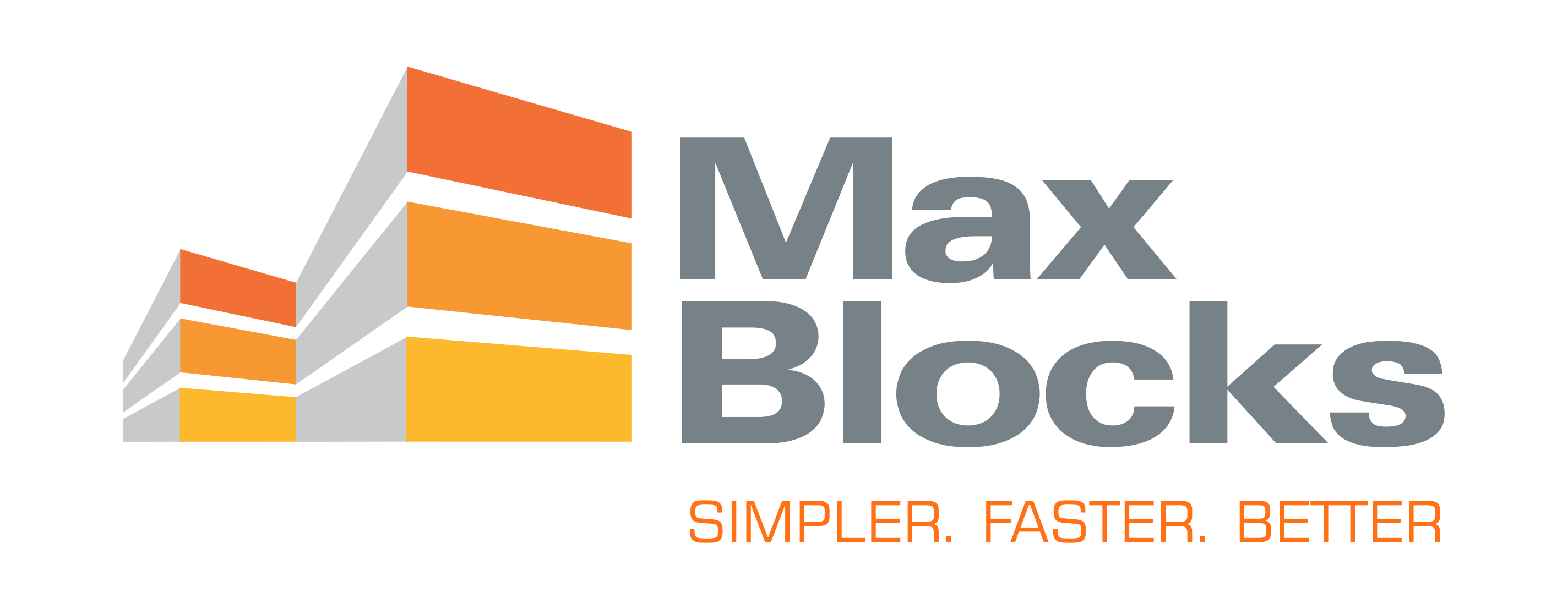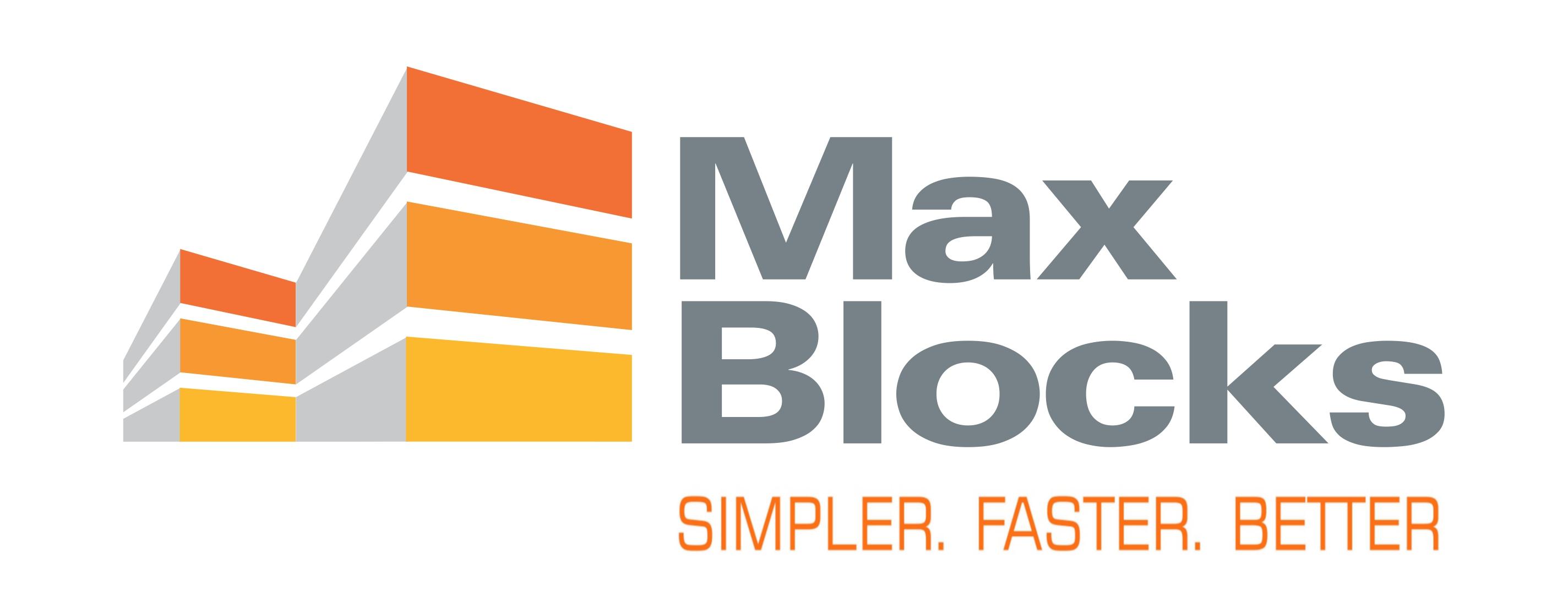Technical Comparision of AAC Blocks V/s Clay Brick
| No. | Parameter | AAC Blocks | Clay Brick |
| 1 | Size (LxHxB) | 625mmx240mmx75mm-300mm | 230mmx75mmx115mm |
| 2 | Precision in Size | Variation 1.00 (+/-) | Variation 3.00 (+/-) |
| 3 | Compressive Strength | >4 N/mm2 (As per IS : 2185 Part III ) | >5 N/mm2 (As per IS : 1077) |
| 4 | Thermal Conductivity Kw-m/C) | 0.16 | 0.81 |
| 5 | Mortar Consumption M3 with 1.6 | 0.5 Bag of Cement | 1.35 Bag of Cement |
| 6 | Construction Time (Mason per day) | 35 Sqm | 20 Sqm |
| 7 | Dry Density | 551-650 Kg/m3 (Oven Dry) | 1800 Kg/m3 |
| 8 | Fire Resistance | 2 to 6 Hours Depending on thickness/td> | 2 Hours |
| 9 | Sound Reduction index 1 (db) | 45 to 200 mm thick wall | 50 for 230 mm thick wall |
| 10 | Composition | fly ash reacts with binders (Lime & OPC Cement to form AAC | Soil is used which contains many inorganic |
| 11 | Finishing | Can be directly cut or shaped/sculptured as required | Not possible |
| 12 | Higher Carpet area | 3-5 % | No Contribution |
General Aspects of AAC Blocks V/s Clay Brick
| No. | Parameter | AAC Blocks | Clay Brick |
| 1 | Structural Cost | Steel saving up to 15% | Saving |
| 2 | Energy saving | Aprx. 30% reduction in air-conditioning load for both heating and cooling | No such saving |
| 3 | Maintenance | Less due to this superior properties | Comparatively high |
| 4 | Construction Speed | Speedy construction due to its big size light weight and ease to cut in any size or shape | Comparatively low |
| 5 | Labour output | Aprx. Double of conventional bricks | Comparatively low |
| 6 | Efforescence | No such change,which improves the durability of wall along with plaster and paint in a long run | Most Chances are there |
| 7 | Fitting and Chasing | All kind of fitting and chasing possilble (as per IS :1905) | All kind of fitting/chasing is possible |
| 8 | Carpet area | More due to lesser thickness of the partition walls | Comparatively low |
| 9 | Storage | Readily available at any time in any season on short notice, hence no storage required | Particularly in monsoon in site stock is required, which blocks larger working spaces |
| 10 | Water Required | Requires less water in wetting & cutting hence reducing electricity bills and labour costs | Need more curing resulting in higher amount of electricity bills & labour costs |
| 11 | Cement Mortar for Plaster & Masonry | Requires less material due to flat, even surfaces and lesser numbers of joints | Requires more material due to irregular surface and greater number of joints |
| 12 | Breakage Utilization | Negligible breakage makes almost 100% utilization is possible | Average 10% to 12% breakage, making 100% utilization impossible |

